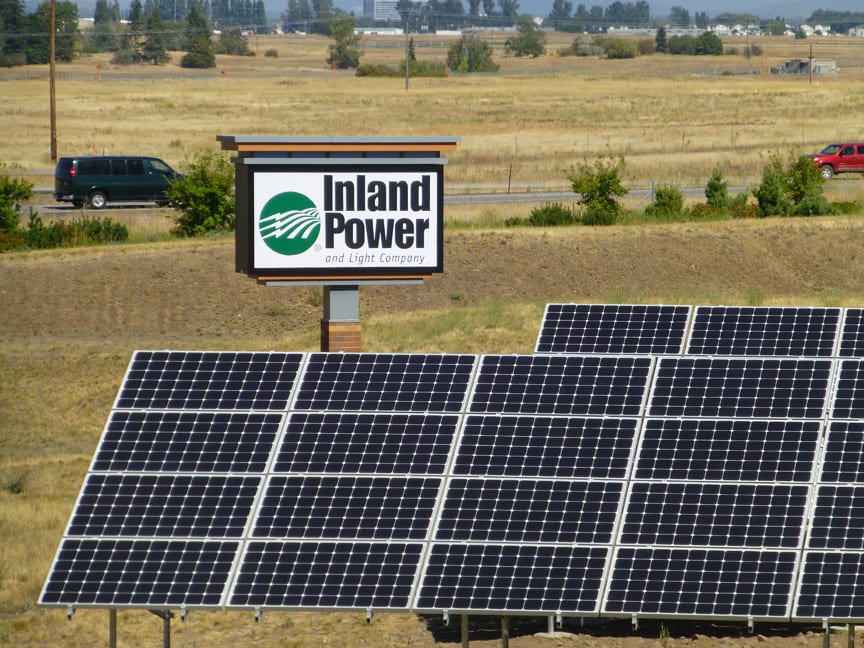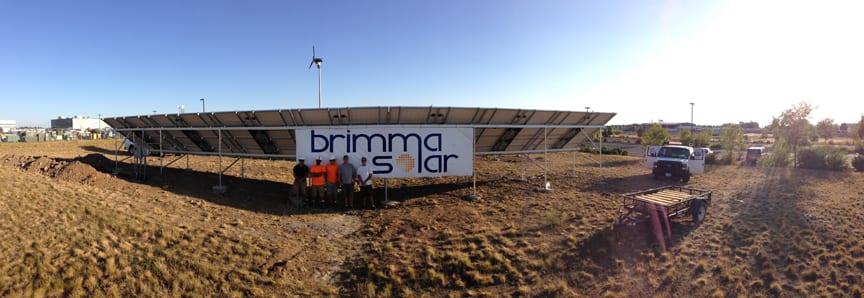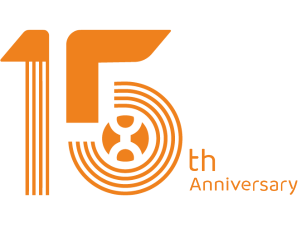APS microinverters power new community solar project in Spokane
APS dual-module microinverters power a prominent new “community solar” installation in Spokane, Wash.
“It’s producing extremely well,” said John Francisco, chief of energy resources for Inland Power & Light, as he monitored the output of the new 30kW installation outside the utility’s office. “We were fortunate to finish construction and energize the array during the span of several cloudless days so we could get a good feel for the performance of the array.”
The ground-mount array sits in view of passing motorists on I-90, a prominent display of APS microinverter capability.
It’s the first significant venture into solar for Inland Power, a member-owned utility serving about 39,000 residential and commercial customers in 13 counties in eastern Washington and northern Idaho. Founded in 1937, it is the largest electric cooperative in Washington.
 The full cost of the system was funded by participating utility members, who were given the chance to buy shares in the system and reap the financial benefits of solar investment.
The full cost of the system was funded by participating utility members, who were given the chance to buy shares in the system and reap the financial benefits of solar investment.
The project is also a showcase for Washington’s thriving solar industry. The installation includes 56 APS YC500-MIW microinverters distributed by Blue Frog Solar of Poulsbo, 112 PV modules by Itek Energy of Bellingham, and racking by SunModo of Vancouver, Wash.
The installation was completed in late August by Brimma Solar of Vancouver, the winning bidder among three firms that vied for the project.
John Harley, Brimma Solar vice president, said the project’s impact extends far beyond the customers who will benefit from its power production.
“When a utility installs a system, it helps promote solar for their customers,” Harley said. “Customers with solar, or thinking about installing solar, feel comfort when they know their utility supports solar.”
For Washington solar manufacturers, the project is also chance to demonstrate the high quality of solar components being produced by local industry.
“We think this is exactly the sort of project our legislators hoped to encourage when they envisioned community solar,” said Tim Bailey, Blue Frog Solar co-founder and APS microinverter distributor. “To see locally made solar equipment in a showcase project like this is tremendous, and really shows solar’s success in Washington.”
Inland Power is the fourth Washington utility to develop an array under the community solar model, according to Phil Lou of the Washington State University Energy Program, which tracks the industry. About 30 community solar projects totaling 872 kW capacity have been developed statewide.
Those have supplemented residential and commercial solar installations in the growing industry. About 8 MW of solar capacity was installed across Washington in 2013, a 54 percent increase over the previous year.
COMMUNITY SOLAR
In 2005, the Washington state Legislature enacted solar production incentives to promote the development of alternative energy sources including solar and wind.
Homeowners and businesses that install a solar system can earn a power rebate of 54 cents per kilowatt-hour of energy they put back into the grid – a “distributed generation” model – up to $5,000 per year.
The Legislature later extended the incentives to “community solar” projects, encouraging utilities and local governments to add clean energy arrays to their own production capacity. The sponsoring utility earns a state tax credit that is passed along to participating customers in the form of production incentives.
Inland Power already had about 80 customers with residential solar arrays. The utility also had a modest, 2.24 kW ground-mount array of its own that went up when it built a new office five years ago.
The opportunity to build a larger, community array on the same property made financial sense to the utility, and was met with strong support from members when it was proposed.
“We wanted to expand solar participation, and community solar was an excellent avenue due to the low entry cost to each participant and the very generous state incentive structure,” Francisco said.
With the array now up and running, members got the chance to buy in. Shares were made available to Inland Power members at $300 each, with a limit of 10 shares per member. A total of 526 shares were available.
The shares were priced high enough to keep the total number manageable by the utility, and low enough to allow participation even by customers of modest means, Francisco said.
Because of strong demand, Inland Power offered the shares to members through a lottery in October.
“We were way oversold, and the lottery was a fair approach to allocating the available shares,” Francisco said. Inland had approximately 1,300 members submit their names for the lottery, and 87 members were drawn.
Solar shareholders will receive the benefit of net metering, that is, the positive difference between their own power consumption and what their portion of the community solar system generates. They will also see a pro rata rebate from Inland Power per kilowatt hour of power produced.
“We are excited to help a broader section of our members enjoy the environmental benefits of solar power, contribute to our state economy by supporting in-state manufacturing and take advantage of the state-sponsored incentive program for community solar,” Francisco said.
Francisco said the project is already a success for Inland Power customers. If the utility is seen in the vanguard of community solar in Washington, that’s okay too.
“We’re doing this for the right reasons, but it’s nice to be recognized,” he said. “We believe in it, otherwise we wouldn’t do it.”





